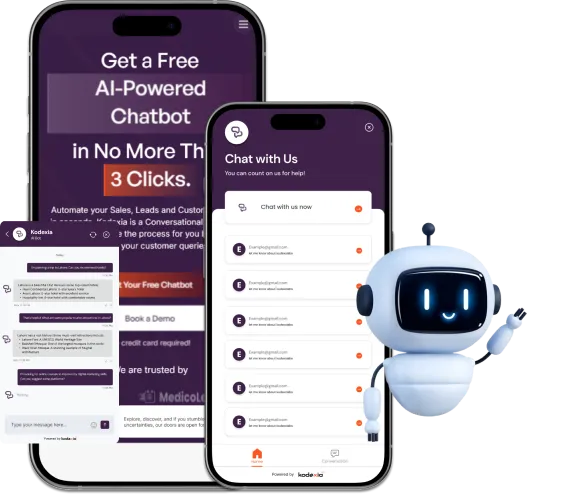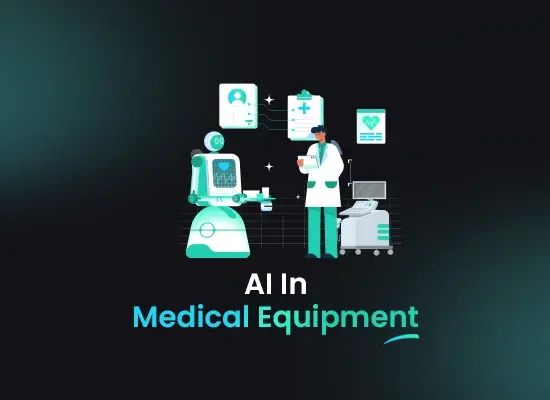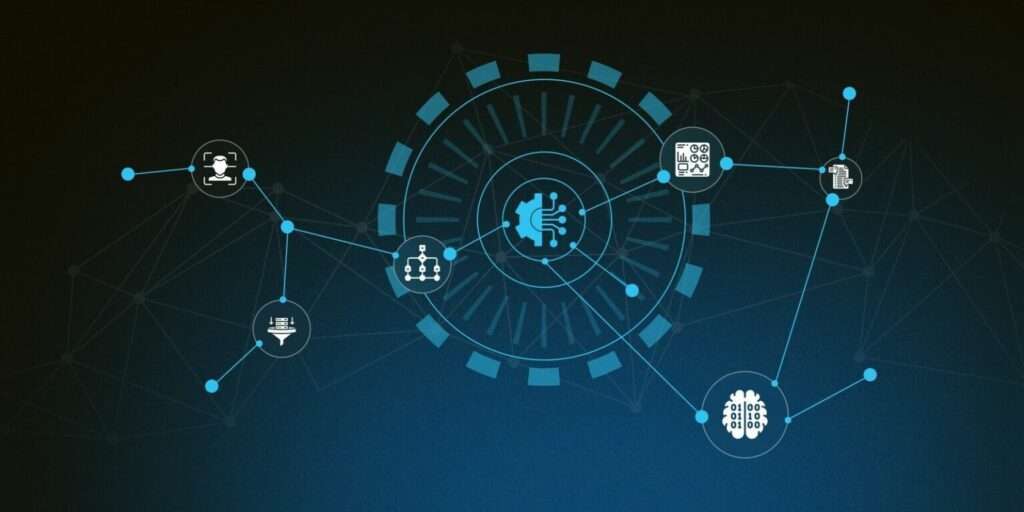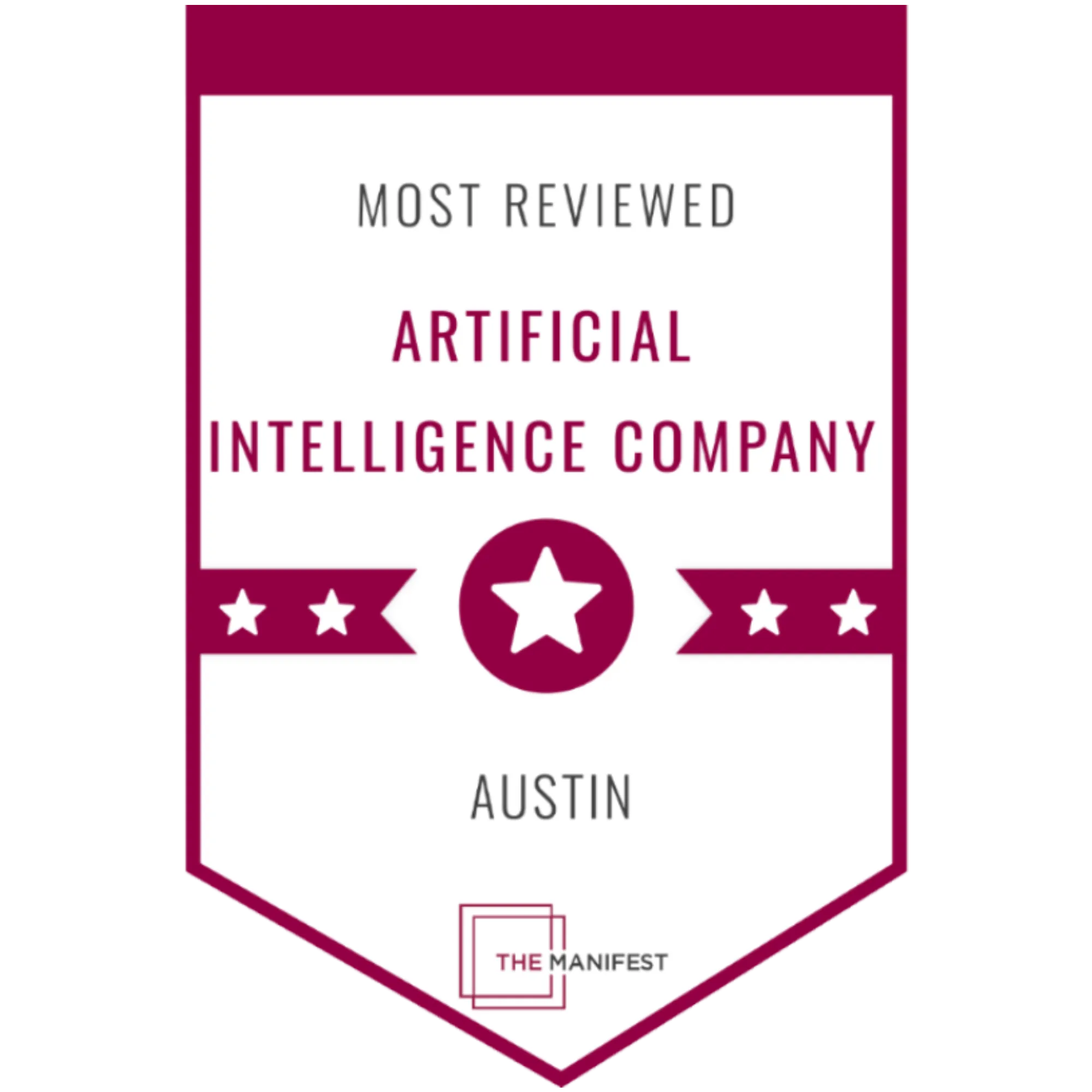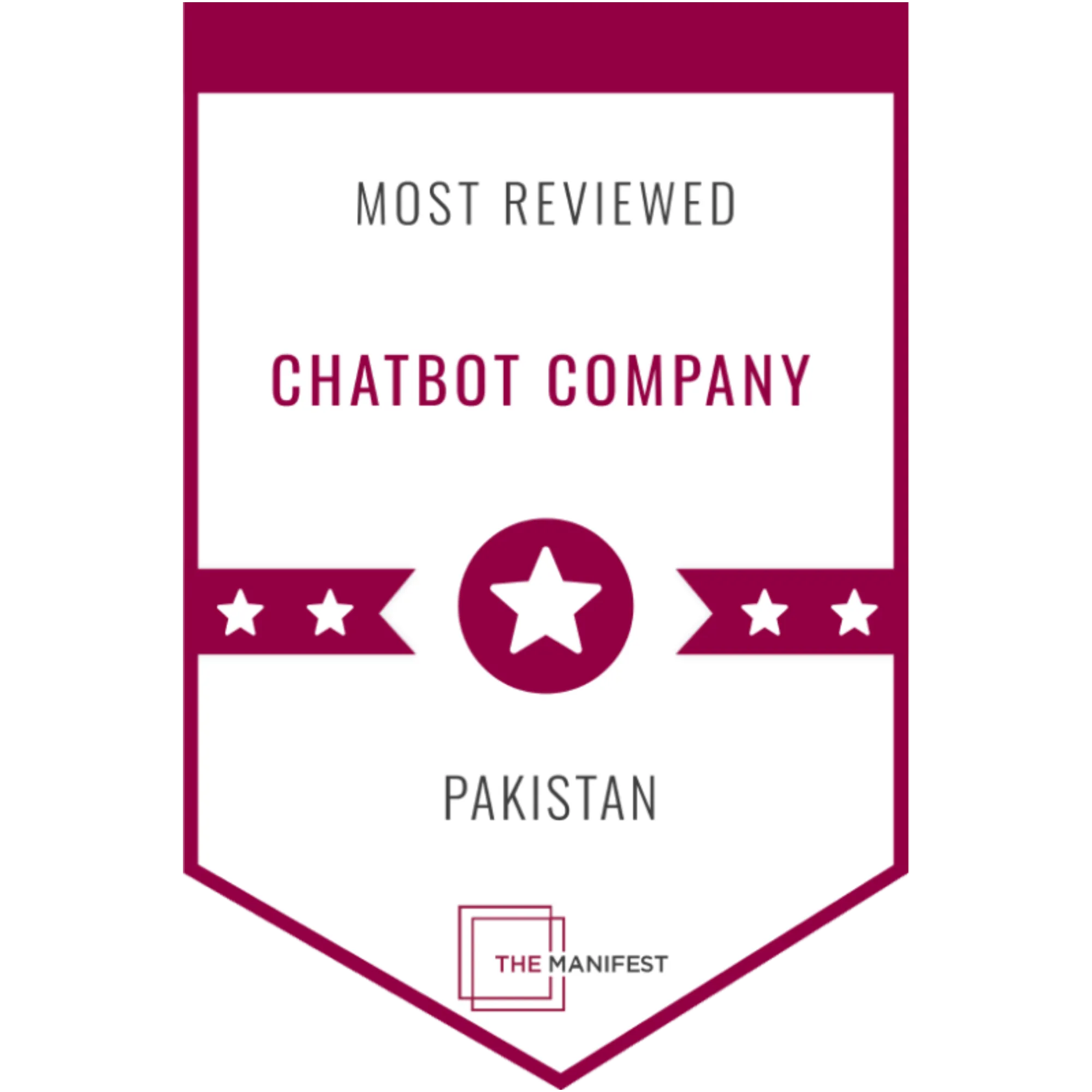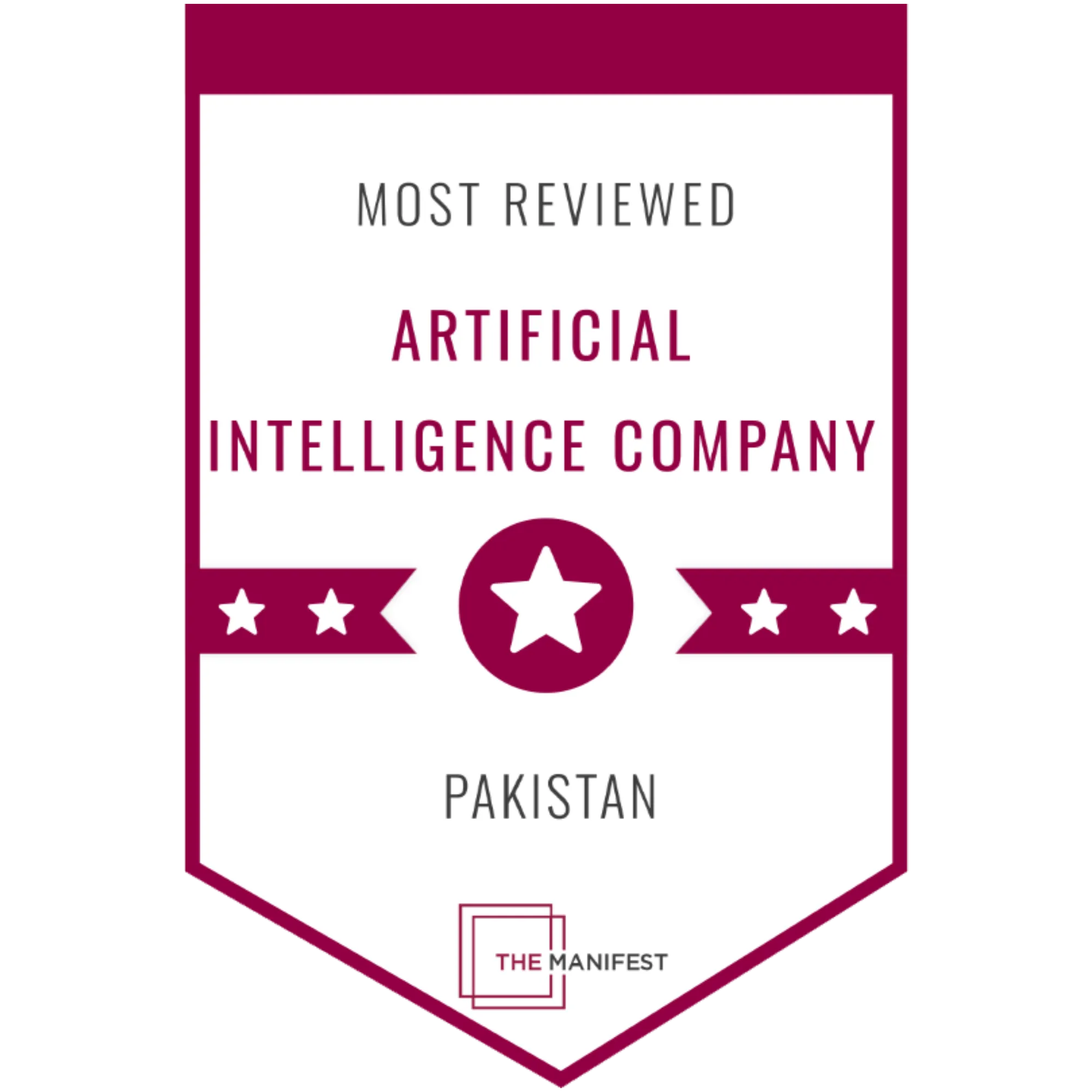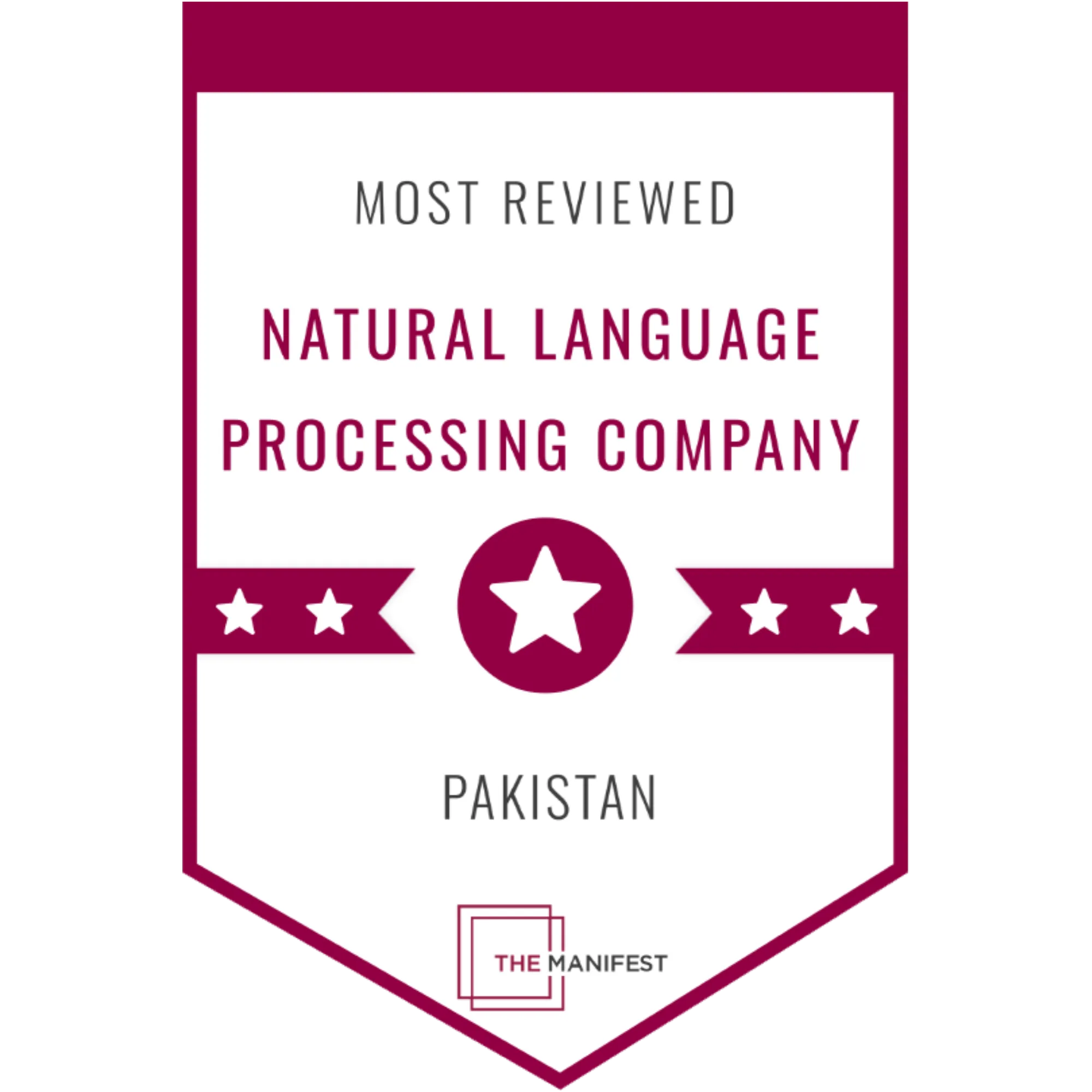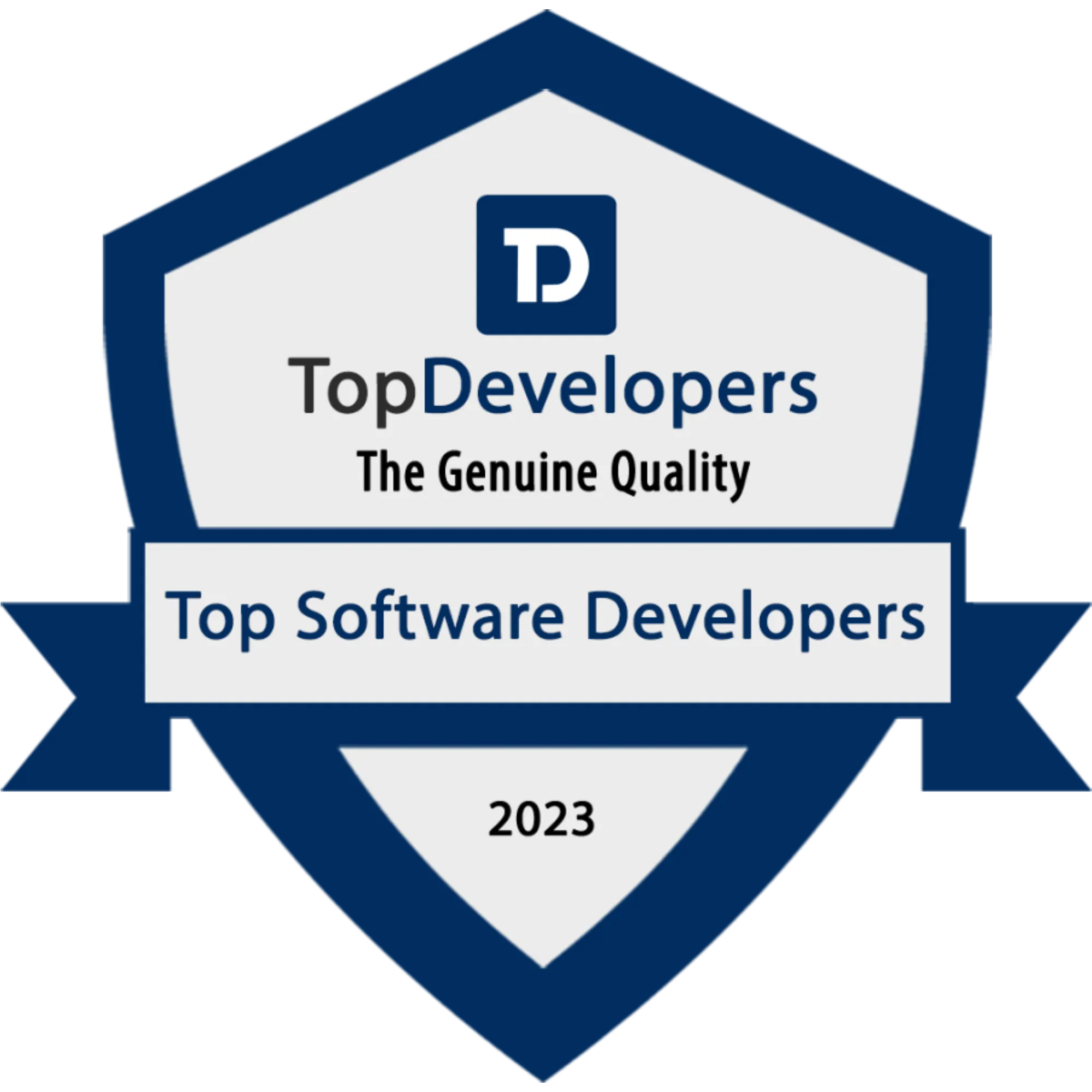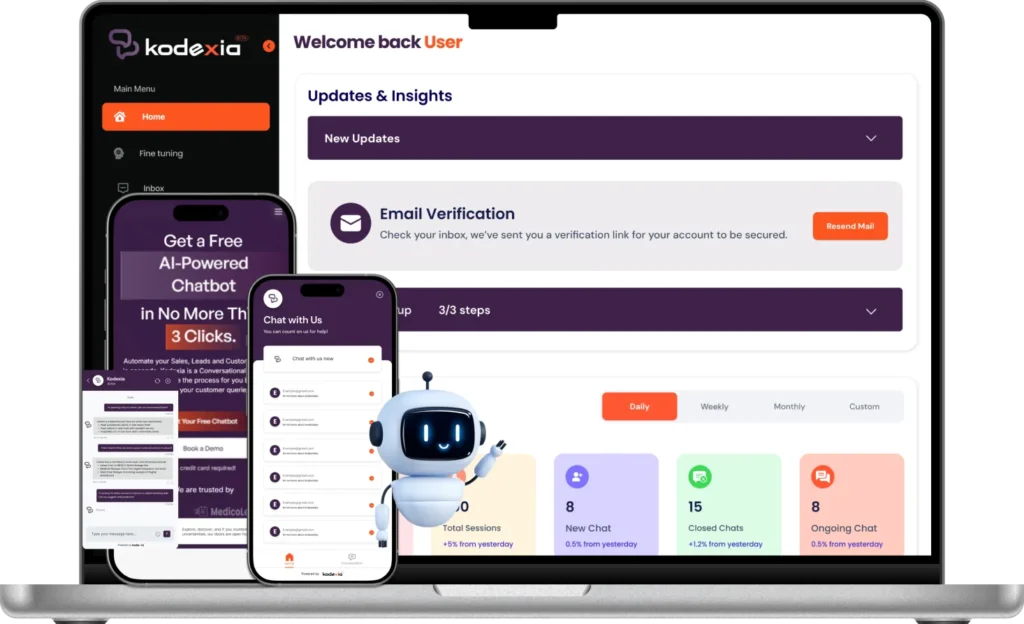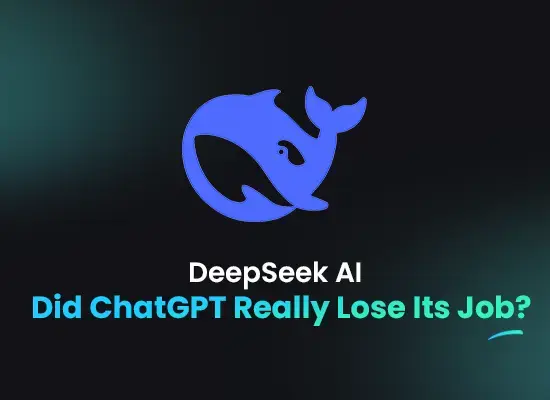
Contents
ChatGPT has been one of the best AIs for a long time. But now, a new AI called DeepSeek AI is becoming very popular. Some people say it is even better than ChatGPT! DeepSeek AI is faster, cheaper, and open-source, which means anyone can use it for free.
It also uses fewer computers to train but still gives smart answers. So, does this mean ChatGPT is no longer the best? Did DeepSeek AI take its place? Let’s find out!
What is DeepSeek AI?
DeepSeek AI is an Artificial Intelligence (AI) system that helps users explore huge sets of data. It works with advanced algorithms and machine learning. It calls the DeepSeek API for quick data analysis. DeepSeek-R1 was released on January 20, 2025, and is available on web, app, and API platforms.
DeepSeek AI first appeared with DeepSeek R1, then moved to DeepSeek V2, and now DeepSeek V3. Each version has better speed and results. Many people trust DeepSeek AI for simple and complex tasks.
You can use DeepSeek API to talk with the DeepSeek AI core. This service checks your data and shows key insights. It is easy to set up and run.
According to The Verge, DeepSeek’s AI assistant app reached the top of Apple’s App Store charts in the US, surpassing OpenAI’s ChatGPT.
Build a Large Language Model With Us!

Key Features of DeepSeek AI:
DeepSeek offers its flagship model for free and charges for integrating the technology into business applications. DeepSeek AI is collecting fame for the following reasons:
- Simple user interface for basic data queries
- Quick machine learning setup for faster results
- Strong security for data storage and handling
- Smooth calls through DeepSeek API integration
- Clear logs for tracking analysis steps
- Upgrades from DeepSeek R1, DeepSeek V2, and DeepSeek V3
The Story of DeepSeek AI in the Tech Industry:
DeepSeek AI started as a small plan among data experts. They wanted a tool to read big data and give quick findings. Over the years, it became popular with many companies.
In the early days, DeepSeek AI used DeepSeek R1. Later releases like DeepSeek V2 and DeepSeek V3 got more power and new methods. Each version also added more tools for data study.
DeepSeek’s models are trained using fewer resources but achieve high performance through innovative methods, such as skipping supervised fine-tuning. Today, DeepSeek AI is a known name in tech. Many see it as a main solution for data search. It also offers the DeepSeek API for custom apps.
What is DeepSeek R1?
DeepSeek R1 is the oldest form of DeepSeek AI. It let users see the basic parts of the platform. Some people still use it to learn how DeepSeek AI began. Venture capitalist Marc Andreessen praised DeepSeek’s R1 as one of the most impressive breakthroughs.
This version had a simple interface and slower response. It did not match DeepSeek V2 or DeepSeek V3 in features. But it was a big step for the project. DeepSeek’s R1 model performs comparably to OpenAI’s o1 on certain benchmarks.
DeepSeek R1 also had a basic DeepSeek API link. It allowed simple calls from other apps. That setup led to bigger updates in later versions.
Step-by-Step Guide to Getting Started with DeepSeek R1:
DeepSeek’s R1 model is open-source and MIT licensed, allowing for free distillation and commercialization. Here’s how to get started with DeepSeek R1:
- First, open your code editor and make a new project. Then, install the DeepSeek R1 library from the official source. This library helps you work with big data in a simple way.
- Next, add your credentials in the config file for DeepSeek AI. These credentials let DeepSeek R1 link to your account. Make sure you keep them safe from public access.
- Finally, write a short script that calls DeepSeek R1 for a test run. Look at the console output to see if the call works. Once it works, you can move on to real tasks.
How to Use DeepSeek R1:
- Install DeepSeek R1 from the main DeepSeek AI repository.
- Load the DeepSeek R1 module in your code with a simple import line.
- Set your API key to match your DeepSeek API account.
- Call the DeepSeek R1 functions to process raw data without delay.
- Check your logs to see any errors or warnings during processing.
- Use the available examples in DeepSeek V2 or DeepSeek V3 guides for extra help.
Tips and Best Practices for Optimizing DeepSeek R1:
- Try small data sets first to see if DeepSeek R1 runs well.
- Keep your code simple and clean for easy debugging.
- Use stable internet connections to prevent API timeouts.
- Review the DeepSeek API logs to track performance issues.
- Update DeepSeek R1 when a new version is out for better features.
- Check the official DeepSeek AI forum for tips from other users.
Advancements in DeepSeek V2:
Currently, DeepSeek’s V2 model supports a context length of up to 128K tokens. DeepSeek V2 gave better processing times. It used stronger code to handle large data sets. This version also lowered system load.
DeepSeek’s V2 model specializes in mathematics, reasoning, and coding tasks. Users found it easier to link with the DeepSeek API in DeepSeek V2. They could run more queries with simple steps. This let them see data results faster.
DeepSeek’s V2 model was trained on a dataset of 8.1 trillion tokens, with Chinese tokens comprising 12% more than English ones. DeepSeek V2 also added more safety checks. The system had stronger data encryption. It paved the way for DeepSeek V3.
Reasons to Upgrade from DeepSeek R1 to DeepSeek V2:
DeepSeek’s V2 model uses a mixture of experts (MoE) architecture with shared and routed experts. DeepSeek’s V2-Lite model has 15.7 billion parameters, with 2.4 billion activated per token.
- Faster data processing speeds
- Better link with DeepSeek API
- Stronger handling of large datasets
- More user-friendly control panel
- Fewer bugs and improved stability
- Base for moving on to DeepSeek V3
What Do We Know About DeepSeek V3?
DeepSeek V3 is the newest version of DeepSeek AI. It helps users spot data patterns faster. It also gives more precise results than DeepSeek V2.
DeepSeek V3 is known for easy setup steps. Developers call the DeepSeek API and link it with their own tools. This saves time and lets teams do more research.
DeepSeek’s V3 model required only about 2,000 specialized Nvidia chips for training, compared to the 16,000 or more used by leading models.
Early users say DeepSeek V3 is very accurate. It can handle large data with no trouble. This version also runs well on many systems.
Is DeepSeek V3 the Most Advanced Version?
DeepSeek V3 is the latest and has many new tools. It has advanced machine learning parts and faster scanning. Many experts say it is the best so far.
DeepSeek V3 uses the DeepSeek API to allow easy data links. It also adds better analytics with new libraries. It handles larger tasks than DeepSeek V2 or DeepSeek R1. DeepSeek’s V3 model was developed at a cost of less than $6 million, whereas OpenAI’s GPT-4 reportedly cost over $100 million to train.
While DeepSeek V3 is very advanced, the team may add more versions later. Future editions might bring more features. For now, DeepSeek V3 stands at the top of the range.
Possible Future Changes in DeepSeek V3:
- More advanced data scanning modules
- Extra security layers in the core system
- Easier setup for cloud-based deployments
- New machine learning development frameworks
- Improved compatibility with external software
- Wider language support in the interface
- Greater efficiency in memory usage
- Potential leap to the next DeepSeek version
DeepSeek AI Explained – DeepSeek R1 to DeepSeek V3:
DeepSeek’s R1 and V3 models rank in the global top 10 AI models. DeepSeek R1 was the first public stage of DeepSeek AI. It had fewer features than DeepSeek V2. Still, it laid the groundwork for further versions.
DeepSeek’s V2-Lite model supports a context length of up to 32K tokens. DeepSeek V2 arrived with higher speed and an easier user panel. It also fixed issues found in DeepSeek R1. This version used the DeepSeek API in a better way.
DeepSeek’s V2-Lite model includes 2 shared experts and 64 routed experts. DeepSeek V3 built on top of DeepSeek V2. It brought fresh ways to read and process data. It is now the most talked-about release of DeepSeek AI.
| Metrics | DeepSeek R1 | DeepSeek V2 | DeepSeek V3 |
|---|---|---|---|
| Basic Text Analysis | ✓ | ✓ | ✓ |
| Summarization Features | ✗ | ✓ | ✓ |
| Large Document Processing | ✗ | ✗ | ✓ |
| Grammar & Syntax Checking | ✗ | ✗ | ✓ |
| DeepSeek API Integration | ✗ | ✓ | ✓ |
| Multi-Language Support | ✗ | ✗ | ✓ |
| Real-Time Data Handling | ✗ | ✓ | ✓ |
| Memory for Extended Tasks | ✗ | ✓ | ✓ |
| On-Premises Deployment | ✗ | ✗ | ✓ |
| Cloud Deployment | ✓ | ✓ | ✓ |
| Data Security Protocols | ✗ | ✓ | ✓ |
| Custom Domain Knowledge Training | ✗ | ✓ | ✓ |
| Automated Insights | ✗ | ✓ | ✓ |
| Voice-to-Text Transcription | ✗ | ✗ | ✓ |
| Plug-In Support / Architecture | ✗ | ✓ | ✓ |
| Scalability for Large Projects | ✗ | ✓ | ✓ |
An Overview of DeepSeek API:
DeepSeek API is a service that lets you pull data from DeepSeek AI with simple commands. It can read information from DeepSeek V2 or DeepSeek V3 for better insights. This system helps you see patterns and trends without complex steps.
DeepSeek API uses a stable connection to link your code with the DeepSeek AI engine. It has clear endpoints that guide you through each data request. This makes it simple to set up and start right away.
You can run the DeepSeek API on various platforms without extra plugins. It works with common programming languages to fit many projects. This keeps the process fast and easy for beginners.
How to Integrate DeepSeek API into Your Projects:
First, you add the DeepSeek API client library to your project’s folder. Then, you add the correct code snippet in your program to call the main endpoints. This code snippet helps the system understand your data needs.
Next, you use a valid API key from DeepSeek AI. This key tells the system that you have permission to get data. Make sure to store this key safely to stop others from seeing it.
Lastly, you check your integration by sending test requests to the DeepSeek API. If you get the right data, your link works well. You can then move on and do bigger queries.
Benefits of Using DeepSeek API:
- You can get data from DeepSeek AI in real time.
- The system works well with DeepSeek V2 and DeepSeek V3.
- You can skip long manual steps and see clear results fast.
- It runs with many programming languages for flexible project setups.
- You can scale your requests from small to large volumes as needed.
- It has built-in security to protect your API calls and data.
Main Steps to Using DeepSeek API:
- Sign up for a DeepSeek API key
- Install the required coding libraries
- Write simple code to call the API endpoints
- Send your data in the correct format
- Wait for the response with insights
- Check for errors or warnings in the logs
- Repeat calls as needed for more data
DeepSeek V3 vs ChatGPT 4o:
DeepSeek V3 is the newest version from DeepSeek AI, whereas, ChatGPT 4o is a strong language model from OpenAI.
DeepSeek V3 builds on older versions like DeepSeek R1 and DeepSeek V2. It adds better speed and response. ChatGPT 4o has a wide range of understanding but might need more computing power.
DeepSeek’s V3 model outperforms Llama 3.1 and Qwen 2.5 while matching GPT-4o and Claude 3.5 Sonnet in benchmark tests. DeepSeek API is simple to link with various apps. ChatGPT 4o also has an API but may have different pricing. Both can handle large text, but user needs often decide the best choice.
Feature Comparison: DeepSeek V3 vs. ChatGPT 4o
- DeepSeek AI often has a smaller memory footprint, which can help with basic devices.
- ChatGPT 4o uses advanced data sets from OpenAI, which can handle many fields.
- DeepSeek V3 vs ChatGPT 4o is often about speed: DeepSeek V3 may reply faster in some cases.
- ChatGPT 4o can keep track of longer conversations with fewer repeats.
- DeepSeek V3 has better integration with the DeepSeek API for easy custom tools.
- ChatGPT 4o might need higher system resources but can give very detailed replies.
| Metrics | DeepSeek V3 | ChatGPT 4o |
|---|---|---|
| Direct API Support | ✓ | ✗ |
| Large Context Handling | ✓ | ✓ |
| Detailed Grammar Checking | ✓ | ✓ |
| Wide Creative Range | ✗ | ✓ |
| Focus on Structured Output | ✓ | ✗ |
| Multiple Language Coverage | ✓ | ✓ |
| Fast Response Speed | ✓ | ✓ |
| Flexible Style Shifts | ✗ | ✓ |
| Enterprise Integration | ✓ | ✗ |
| Domain-Specific Knowledge | ✓ | ✓ |
| Customizable Output Rules | ✓ | ✗ |
| Fine-Tuning Options | ✓ | ✗ |
| Real-Time Error Detection | ✓ | ✓ |
| Open-Ended Creativity | ✗ | ✓ |
Performance and Efficiency: DeepSeek V3 vs. ChatGPT 4o
Performance depends on system load and network speed. DeepSeek V3 may use fewer tokens, so it can run well on simple setups. ChatGPT 4o might need more memory, but it can handle complex tasks.
DeepSeek AI tries to give quick replies with less wait time. ChatGPT 4o can sometimes pause if the query is huge. Both can solve many user requests with stable reliability.
Some users test DeepSeek vs ChatGPT in speed trials. They see DeepSeek V3 finish tasks faster in some tests. ChatGPT 4o often wins in complex context handling.
DeepSeek’s V3 model was trained on 14.8 trillion tokens of a multilingual corpus, mostly English and Chinese.
Use Cases: When to Choose DeepSeek V3 Over ChatGPT 4o
DeepSeek V3 can be a good pick for smaller projects that need short chat answers. It can also be helpful for budget limits because it might cost less. ChatGPT 4o fits bigger tasks where context depth is vital.
DeepSeek’s V3 model has a context length of 128K tokens. If you use the DeepSeek API, it is simple to link your app with DeepSeek AI. You can set up features with fewer steps. This helps small developers who want quick results.
Many people choose DeepSeek V3 if they like past versions like DeepSeek R1 or DeepSeek V2. It can feel familiar and easy to run. ChatGPT 4o might be a big jump for small-scale users.
Get a Generative AI Built for Your Business

DeepSeek vs OpenAI: A Comprehensive Comparison
Here’s an overview of what the competition is about:
- DeepSeek AI is run by a smaller team, while OpenAI has a global reach.
- DeepSeek vs OpenAI often focuses on cost, with DeepSeek solutions sometimes priced lower.
- OpenAI’s ChatGPT can handle many user requests at once, but it needs robust servers.
- DeepSeek V3 can run on simpler hardware, so it can fit small business needs.
- OpenAI invests in big research projects that push AI development boundaries.
- DeepSeek often updates with versions like DeepSeek R1, DeepSeek V2, and now DeepSeek V3.
Core Differences Between DeepSeek and OpenAI:
DeepSeek AI focuses on fast replies with light resource use, whereas OpenAI offers large-scale models like ChatGPT 4o with broad language abilities. DeepSeek vs OpenAI can differ in token policies and data usage rules as well.
DeepSeek V3 may adapt well for smaller tasks with fewer constraints, but OpenAI uses large data sets that cover many topics and languages. DeepSeek API uses a straightforward method to link with apps, but OpenAI’s API might have more advanced features but can be harder to set up.
DeepSeek’s V3 model consists of 671 billion total parameters, with 37 billion activated per token. DeepSeek’s V2 model has 236 billion parameters, with 21 billion activated per token.
DeepSeek-V3 adopts Multi-head Latent Attention (MLA) and DeepSeekMoE architectures to achieve efficient inference and cost-effective training. Here’s a better view of the core differences between DeepSeek and OpenAI.
| Metrics | DeepSeek | OpenAI |
|---|---|---|
| Main Creator | Built by a dedicated DeepSeek team | Developed by OpenAI |
| Core Goal | Focuses on direct data tasks and structured text replies | Aims at broad, creative text generation |
| Language Model Approach | Uses DeepSeek-specific models for concise output | Employs large-scale GPT-based models |
| Data Handling | Designed for targeted data scanning and quick checks | Handles large data sets with advanced training |
| Typical Use Cases | Often used for fast text reviews, short responses, and direct analysis | Commonly used for creative writing, coding help, and wide-range conversations |
| Version Releases | Offers versions like DeepSeek V2, V3, and future V4 for continuous enhancements | Updates models like GPT-3, GPT-3.5, GPT-4, and more |
| Output Control | Focuses on structured and stable answers | Generates varied replies that can be creative or formal |
| API Support | Has DeepSeek API for easy use in apps | Has OpenAI API with broad functionalities |
| Model Customization | Gives some direct options for custom text results | Allows custom fine-tuning but may require more steps |
| Community Reach | Growing community with focused technical adoption | Has a global community and many open-source projects |
| Platform Integration | Works well with specific DeepSeek tools and services | Integrates with many popular services and frameworks |
| Pricing Structure | May offer different tiers based on user needs | Offers pay-as-you-go model with custom plan choices |
| Speed of Updates | Focuses on stable releases for each version | Releases updates often, sometimes with big jumps in model power |
| Security Measures | Has planned controls and safe response handling | Broad safety policies but may handle varied output risks |
| Ideal Users | Good for people who want quick, structured data tasks | Flexible for those seeking creative, multi-purpose AI text generation |
Quick Statistics and Benchmarks of DeepSeek AI:
DeepSeek AI has outperformed most of its rivals on a variety of scales, here are some of the statistics that exhibit why DeepSeek AI is noisy enough:
- DeepSeek-R1 was trained using large-scale reinforcement learning without supervised fine-tuning, enabling it to naturally develop powerful reasoning behaviors.
- DeepSeek-R1-Distill-Qwen-32B, a distilled version of the R1 model, outperforms OpenAI’s o1-mini across various benchmarks, achieving new state-of-the-art results for dense models.
- DeepSeek-V3 adopts Multi-head Latent Attention (MLA) and DeepSeekMoE architectures to achieve efficient inference and cost-effective training.
- DeepSeek-V3 pioneers an auxiliary-loss-free strategy for load balancing and sets a multi-token prediction training objective for stronger performance.
- DeepSeek-V3 requires only 2.788 million H800 GPU hours for its full training, demonstrating remarkable training efficiency.
- DeepSeek-R1 achieves a score of 90.8% on the Massive Multitask Language Understanding (MMLU) benchmark, testing knowledge across 57 subjects.
- DeepSeek-R1 scores 84% on the MMLU-Pro benchmark, which features harder, reasoning-focused questions.
- DeepSeek-R1 achieves a 71.5% pass rate on the GPQA benchmark, testing PhD-level knowledge in chemistry, biology, and physics.
- DeepSeek-R1 scores 83.3% on the IFEval benchmark, assessing the model’s ability to follow explicit formatting instructions and maintain consistent instruction adherence across different tasks.
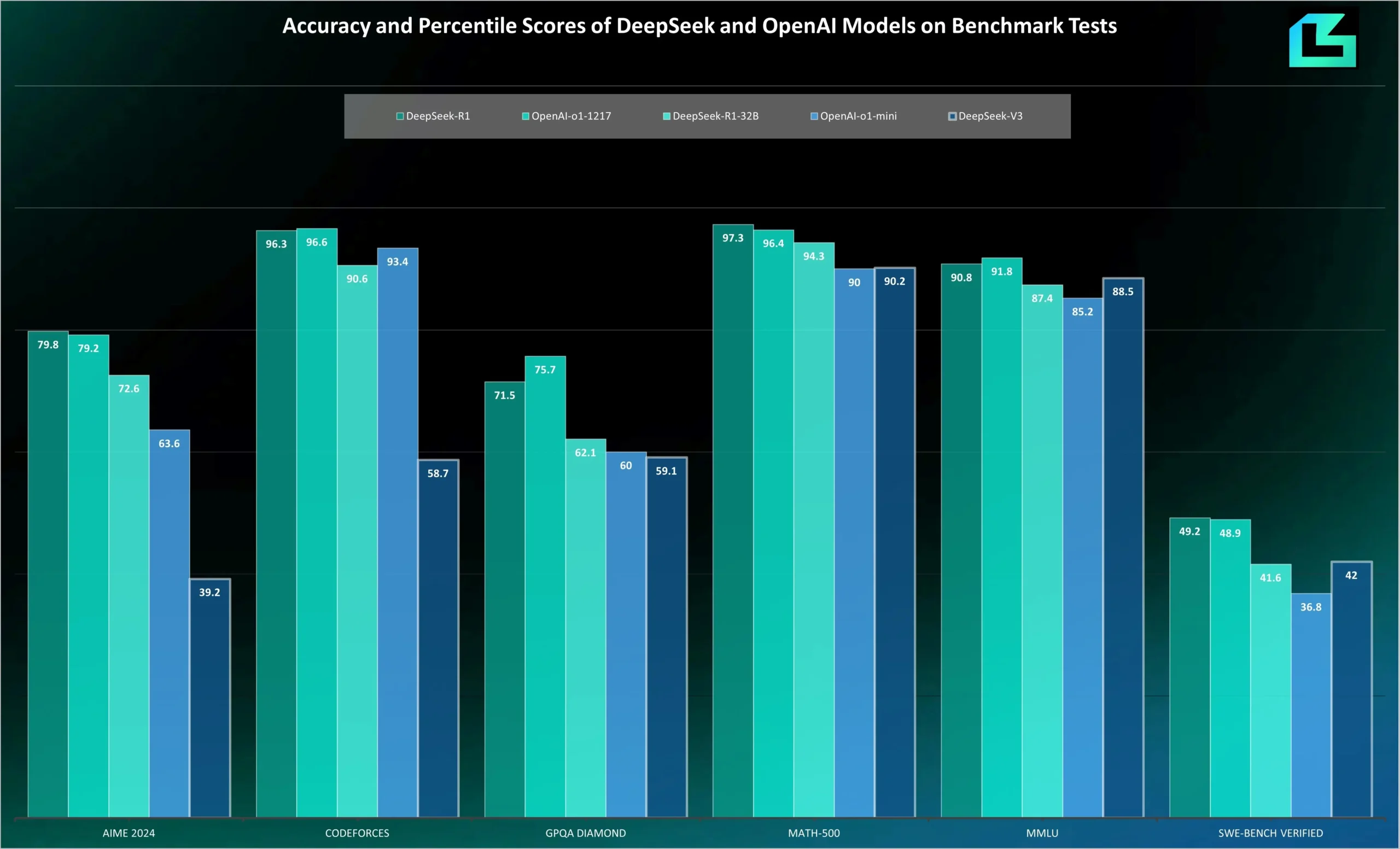
Strengths and Weaknesses: DeepSeek vs OpenAI
DeepSeek-R1’s open-source release includes six dense models distilled from the original, based on Llama and Qwen architectures.
DeepSeek AI is strong in lightweight setups and quick chat features. It is also good for people who like step-by-step updates. OpenAI is strong in large-scale projects and advanced model research.
DeepSeek vs OpenAI can show big differences in cost. DeepSeek might be cheaper for small tasks. OpenAI can be more expensive but might give deeper results.
DeepSeek might lack some high-level features from OpenAI. But it tries to give easy access and simpler tools. Each system has its own path for improvement.
Which Platform Suits Your Needs: DeepSeek or OpenAI?
DeepSeek vs ChatGPT can confuse new users. You need to ask what your project needs the most. If you want small-scale solutions, DeepSeek V3 could be enough.
If you need very complex text analysis, you might choose OpenAI’s ChatGPT 4o. It has wide knowledge and can handle long queries. But it might cost more.
DeepSeek AI is good for quick changes and simple API links. OpenAI is good for advanced tasks and global reach. You can try both and see which one fits your plan.
DeepSeek vs. ChatGPT: Choosing the Right AI Solution
DeepSeek AI is a modern tool that can handle many language tasks. ChatGPT is also a strong system with many good uses. DeepSeek vs ChatGPT is a major topic for AI users today.
Both tools can help with text creation and data review. DeepSeek AI can give quick answers with a stable structure. ChatGPT can also read wide content and give creative replies.
Choosing the right solution depends on your goals. If you want direct control, you can pick DeepSeek AI with its system. If you want a broad style, you can pick ChatGPT.
Key Distinctions Between DeepSeek and ChatGPT:
DeepSeek V3 brings improved text rules and better handling of large documents. ChatGPT also grows with new versions, but DeepSeek V3 vs ChatGPT 4o can show clear differences in style. DeepSeek vs OpenAI often comes down to how each system trains its model.
DeepSeek V3 supports a direct method for data tasks with a strong core. ChatGPT can be good for open-ended text. DeepSeek R1 is also a planned release that may add more advanced steps.
DeepSeek AI focuses on fast replies with reliable output. ChatGPT may shift its style for creative tasks. Each system is unique and good for different goals.
Comparative Advantages: DeepSeek vs. ChatGPT
DeepSeek-V3’s innovative load balancing strategy minimizes performance degradation, enhancing overall model efficiency. DeepSeek-V3’s multi-token prediction objective not only strengthens performance but also facilitates speculative decoding for faster inference.
DeepSeek V2 showed strong stability, and ChatGPT also had great progress. Now, let us look at some key advantages in DeepSeek vs ChatGPT. Each point shows how these tools can help in different ways.
| Metric | DeepSeek | ChatGPT |
|---|---|---|
| Test Creation Focus | Aims for direct and clear text. | Offers creative and varied text. |
| System Versions | Has DeepSeek V2, V3, and future V4. | Has versions like GPT-3.5 and GPT-4. |
| Data Handling | Processes data in a stable and structured way. | Can handle wide data but may be more open-ended. |
| Language Coverage | Focuses on main global languages for now. | Has support for many languages with broad usage. |
| Speed of Response | Usually quick with short or long texts. | Can give fast answers but varies with load. |
| Memory for Long Texts | Supports larger text blocks with good accuracy. | Also handles long texts but may change output style over time. |
| API Access | Offers the DeepSeek API for direct app link. | Has OpenAI’s API for development and integration. |
| Structure of Output | Gives more stable and straightforward replies. | Produces flexible and creative responses. |
| Cost Options | Pricing may vary by version and usage. | Has monthly or usage-based plans. |
| Advanced Grammar Check | Focuses on correct sentence structure and grammar. | Also checks grammar but often includes a creative twist. |
| Use for Direct Data Tasks | Works well if you need direct and structured data analysis. | Good for open discussion and idea creation. |
| Community Support | Growing user community with specialized focus. | Large user base with many online discussions. |
| Training Approach | Uses a targeted method for stable results. | Has a wide approach with broad adaptability. |
| Update Frequency | Releases new versions like V3 and V4 with bug fixes and improvements. | Has updating regularly but may have bigger jumps between versions. |
| Best Use Case | Best for reading structure and high reliability. | Use for free tasks or general conversation-based help. |
Decision Factors: Selecting Between DeepSeek and ChatGPT
Your project type can guide you when picking DeepSeek vs ChatGPT. If you want direct data handling, DeepSeek AI might be good. If you want wide creative text, ChatGPT might fit.
Budget and support options can also matter. DeepSeek API may cost differently than ChatGPT’s plan. You can compare each plan before you choose.
DeepSeek-V3’s training process was remarkably stable, with no irrecoverable loss spikes or rollbacks throughout the entire training. Some people like stable and structured text, which DeepSeek AI can give. Others want more playful text, which ChatGPT can do. You can try each system to see what fits.
Future Prospects of DeepSeek AI:
DeepSeek-R1’s release has been described as a significant leap in AI capabilities, challenging industry giants with its open-source approach. DeepSeek AI plans to grow with each version. It may add new skills for big data and quick replies. Let us see some future prospects.
- DeepSeek R1 may come with better data scanning.
- DeepSeek V2 might get more memory support for longer texts.
- DeepSeek V3 will build more stable rules for grammar checks.
- Integration with DeepSeek API for easy app linking.
- More language coverage for global users.
- Faster reply time with improved internal code.
- Safe and clear text filters for all content.
The Road Ahead: Future Developments to Come
DeepSeek AI has a bright path with many ideas in store. These ideas may soon bring new ways to work with text data. Below are some future innovations and developments.
- Smarter search methods that read context better.
- Tighter link with DeepSeek API for real-time data flow.
- More robust language checks for professional fields.
- Improved user interfaces for avanced AI development services.
- Flexible training modes for custom data sets.
- Advanced error detection for quick text fixes.
- Stable performance with big data processing.
- Global language expansion for broad support.
Upcoming Features in DeepSeek V4:
DeepSeek V4 is the next big step for DeepSeek AI. It will keep the strong core of DeepSeek V3. It will add new text patterns and faster data checks.
It might also have better support for the DeepSeek API. This will help developers link their apps without trouble. It may also expand memory for large tasks.
DeepSeek V4 can handle more complex language rules. This will improve output accuracy. Many users wait for its launch.
Grow Your Corporate Sales with an MVP!

Conclusion:
DeepSeek AI and ChatGPT both offer strong language help. DeepSeek vs ChatGPT is not a simple choice, since each system has its own strengths. You can pick what fits your tasks best.
DeepSeek AI keeps growing with versions like DeepSeek V2, DeepSeek V3, and soon DeepSeek v4. It aims to give quick and direct solutions for many needs. ChatGPT also updates to show fresh features.
In the end, your choice should match your goals. If you need stable, structured text, you might pick DeepSeek AI. If you want open-ended, creative text, you might pick ChatGPT.

